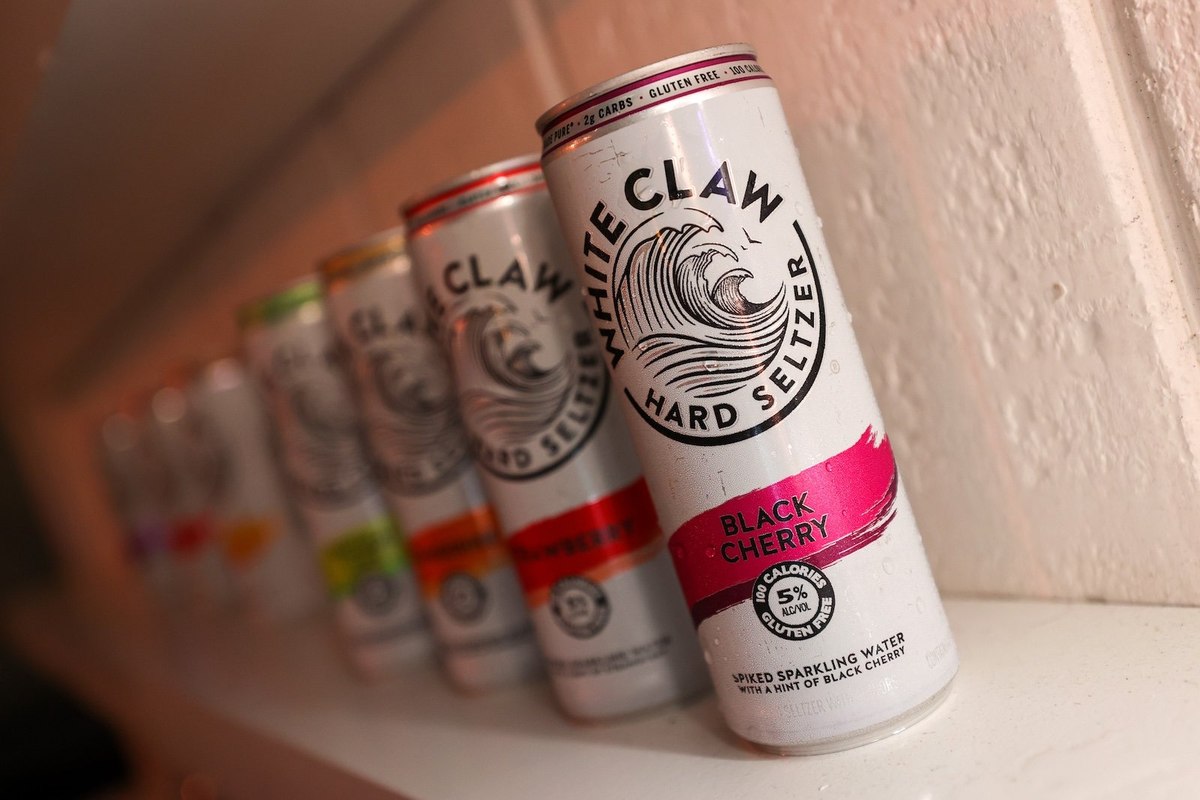
Who’s drinking hard seltzer in the US?
Hard seltzers like White Claw and Truly Hard Seltzer are making a big splash in the U.S. beverage market, increasingly chosen over traditional beers. Their growing popularity shows a clear shift toward drinks that are lighter and more convenient. CategoryView, YouGov’s industry-specific brand tracking tool, can show who’s sipping on the seltzers, and why.
Who is Drinking Hard Seltzer?
Young adults show the most enthusiasm for hard seltzers, with 23% of those aged 21-29 and 25% of those aged 30-44 enjoying these drinks. Interest wanes with age, dropping to just 6% among those 65 and older. The drinks have a slightly higher appeal among women, with 17% enjoying them compared to 14% of men.
Education level also influences consumption patterns. Those with a four-year college degree are particularly drawn to hard seltzers, at 22%, suggesting a trend among more educated, potentially health-conscious consumers.
Regionally, the Northeast (18%) and West (17%) see the highest consumption, contrasting with the South (14%) and Midwest (17%).
Why Are They Drinking It?
Taste is the leading reason people choose hard seltzers, with 56% of drinkers pointing to flavor as their main reason. The convenience of these ready-to-drink options attracts 46% of consumers, while 43% appreciate that these beverages are lighter than other alcoholic drinks.
Health-related factors are also influential, with 23% of consumers considering hard seltzers healthier than other alcohol types. Availability (29%), social settings (30%), and even social media influence (9%) also play roles in their popularity.
What Influences Their Seltzer Choices?
Price is the most critical factor in choosing a hard seltzer, noted by 53% of consumers. Word of mouth is important for 41% of the market, and alcohol content matters to 40%. While less significant, brand reputation and the look of the packaging influence 32% and 24% of consumers, respectively.
Education level also influences consumption patterns. Those with a four-year college degree are particularly drawn to hard seltzers, at 22%, suggesting a trend among more educated, potentially health-conscious consumers.
Regionally, the Northeast (18%) and West (17%) see the highest consumption, contrasting with the South (14%) and Midwest (17%).
Why Are They Drinking It?
Taste is the leading reason people choose hard seltzers, with 56% of drinkers pointing to flavor as their main reason. The convenience of these ready-to-drink options attracts 46% of consumers, while 43% appreciate that these beverages are lighter than other alcoholic drinks.
Health-related factors are also influential, with 23% of consumers considering hard seltzers healthier than other alcohol types. Availability (29%), social settings (30%), and even social media influence (9%) also play roles in their popularity.
What Influences Their Seltzer Choices?
Price is the most critical factor in choosing a hard seltzer, noted by 53% of consumers. Word of mouth is important for 41% of the market, and alcohol content matters to 40%. While less significant, brand reputation and the look of the packaging influence 32% and 24% of consumers, respectively.
Some factors are important to a higher share of men than women. For example, more women than men are concerned with price (56% vs. 49%) and word of mouth (43% vs. 39%). On the other hand, twice as many men say these factors influence their choice of seltzer: brand commitment to environmental protection (16% vs. 8%), country of origin (13% vs. 6%) and celebrity endorsements (10% vs. 4%). Perhaps JB Smoove and Lionel Messi are making a mark with men.
Future Considerations: Top Seltzer Brands
The highest proportion of hard seltzer drinkers will consider White Claw (39%) when they’re in the market next. Mike’s Hard Lemonade (33.9%) and Truly Hard Seltzer (32.0%) are also popular choices. Smaller brands like Lift Bridge Hard Seltzer (2.8%) show lower consideration rates.
Conclusion
Hard seltzers are reshaping the U.S. alcoholic beverage market by appealing especially to younger drinkers with their distinct flavors and convenient formats. They cater to those seeking lighter and healthier drinking options. With diverse consumer preferences driving choices, understanding these trends is essential for brands targeting this expanding market segment.